In the field of oral care product manufacturing, user comfort is just as critical as device performance. One increasingly reported issue in water flossers and similar products is nerve sensitivity triggered by inconsistent spray patterns. This phenomenon, often dismissed as a minor user discomfort, can in fact indicate deeper engineering and quality control challenges. In this blog, we’ll explore the root causes, implications, and solutions for this overlooked problem.
Inconsistent spray occurs when water pressure fluctuates during operation, producing bursts or weak streams in a non-uniform pattern. It is typically caused by:
Though it might seem trivial, the impact of an inconsistent spray on oral tissue—especially near sensitive nerve endings—can be quite significant.
The human mouth contains a dense network of nerve endings, particularly around the gums, roots, and inside the cheeks. Abrupt or pulsating pressure spikes from an inconsistent spray can overstimulate these nerves, leading to:
This nerve sensitivity often lingers, deterring users from continuing regular use of the product. Company web:https://www.powsmart.com/product/electric-toothbrush/
At a mechanical level, fluctuations in pressure result in uncontrolled energy release at the nozzle tip. These uncontrolled microbursts:
If unaddressed, these patterns compromise both cleaning efficacy and user comfort.
The primary root causes of inconsistent spray often stem from:
Without high-precision assembly processes and rigorous QC testing, such defects frequently go undetected until after shipment.
To minimize the risk of nerve sensitivity complaints caused by inconsistent spray, B2B manufacturers should:
A focus on consistent hydraulic performance not only enhances comfort but also boosts perceived quality—critical for B2B clients and end users alike.
Ultimately, what separates a premium oral care product from a generic one is not just function—it’s how gentle and precise that function feels. Reducing inconsistent spray issues ensures safer, more comfortable use and positions your brand as a leader in user-centric design. Addressing the risk of nerve sensitivity proactively turns a potential complaint into a marketing advantage.
Ignoring the connection between inconsistent spray and nerve sensitivity is a mistake that could lead to negative user experiences and high return rates. By implementing better fluid control design, tighter tolerances, and more robust QA practices, manufacturers can protect users’ comfort and ensure long-term product success in a highly competitive market. Contact us
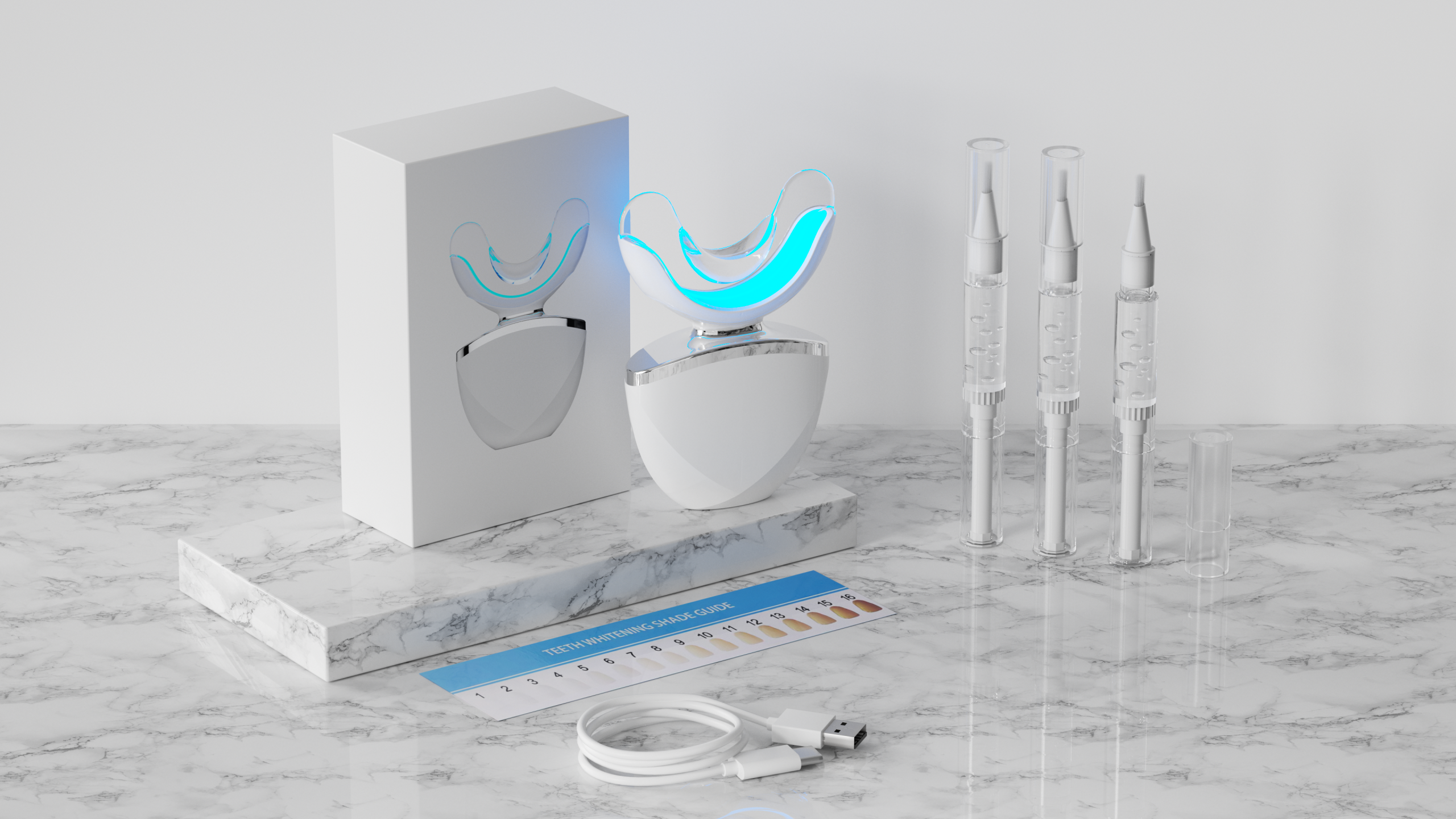
Seal Degradation Causing Tissue Trauma?
Eco-Friendly Bamboo Electric Toothbrush Manufacturer: A Greener Future for Oral Care
.jpg)
Why is UV Sanitizing Toothbrush Technology Key to Advanced Bacteria Reduction Technology?
Gasket Mold Plus Bacterial Regrowth – Health Hazard?
Filter Clogging Leading to Slow Charging?
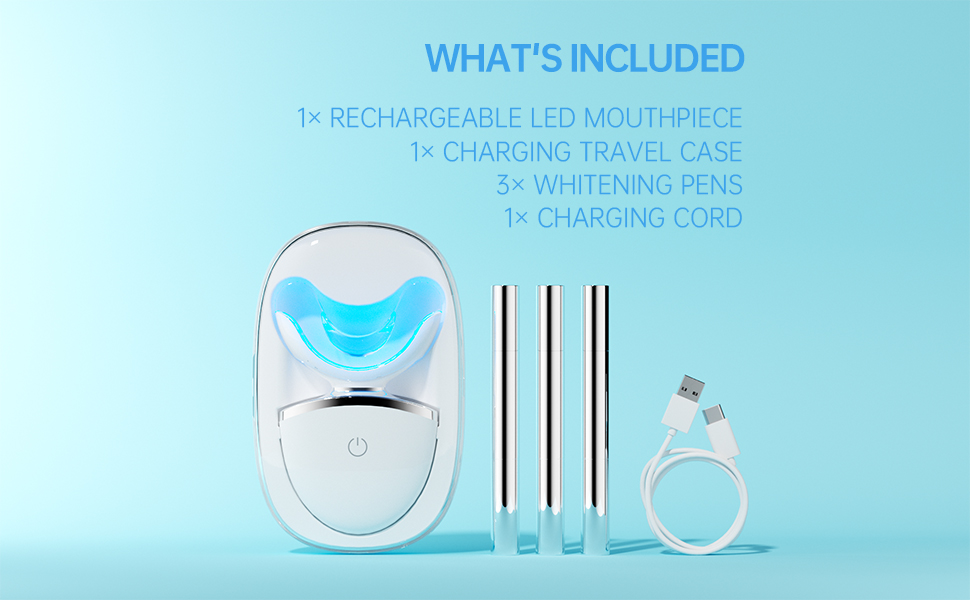
How Do Salons Do the Whitening Teeth Products Business? An OEM Supplier’s Insight

How Changing Consumer Attitudes Are Shaping Oral Care Products Demand
Tank Scaling Causing Part Incompatibility?
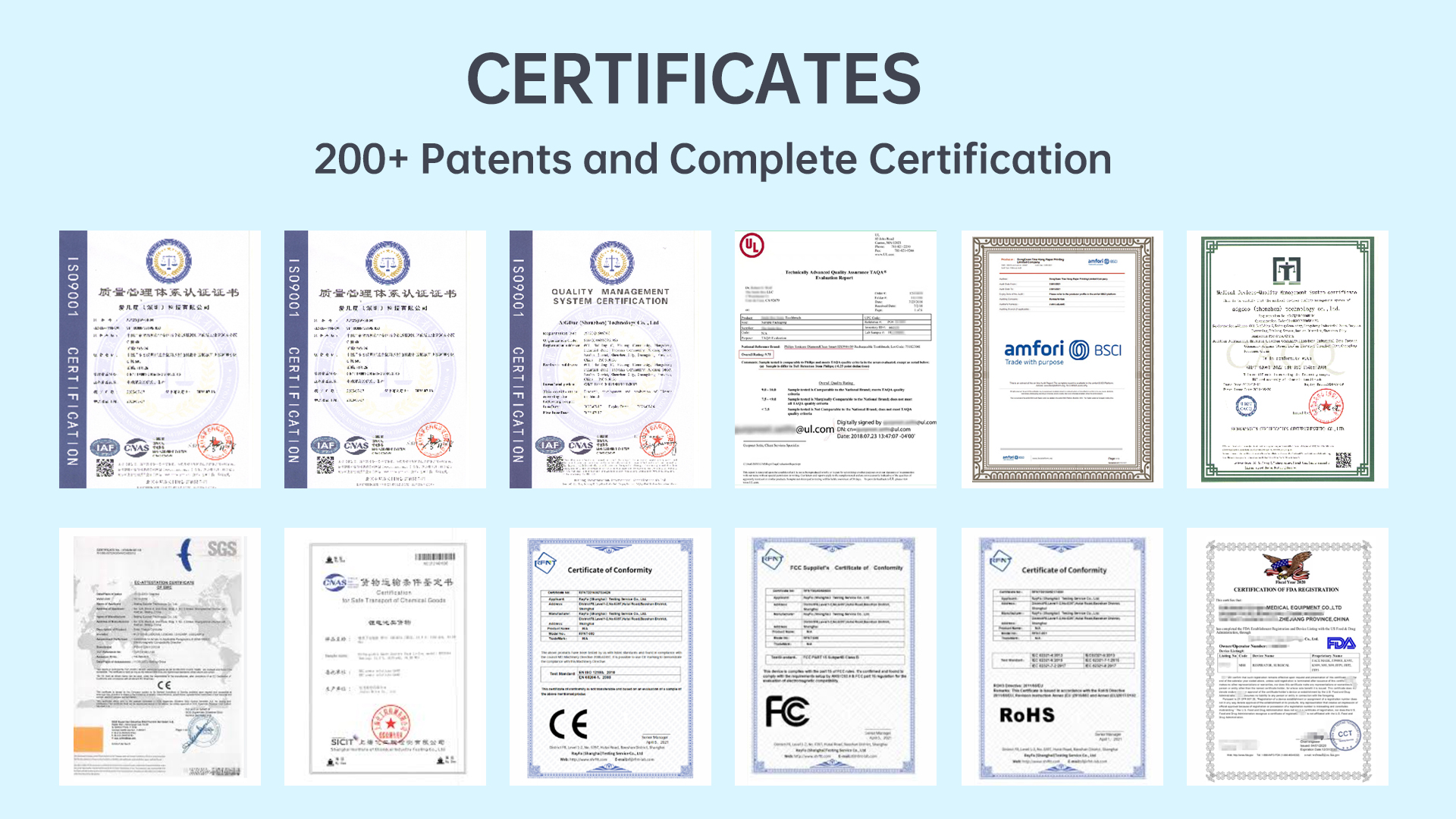
Teeth Whitener Regulations in EU & US: Strategic OEM Manufacturing Insights
Electric Toothbrush for Corporate Gifting | Premium Custom Gift Sets by Powsmart
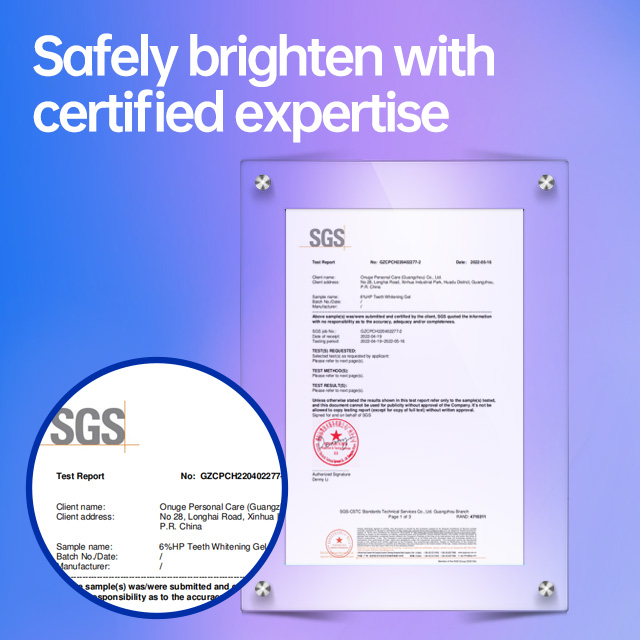
Enamel-Safe Whitening: OEM Products That Brighten Smiles Without Harm
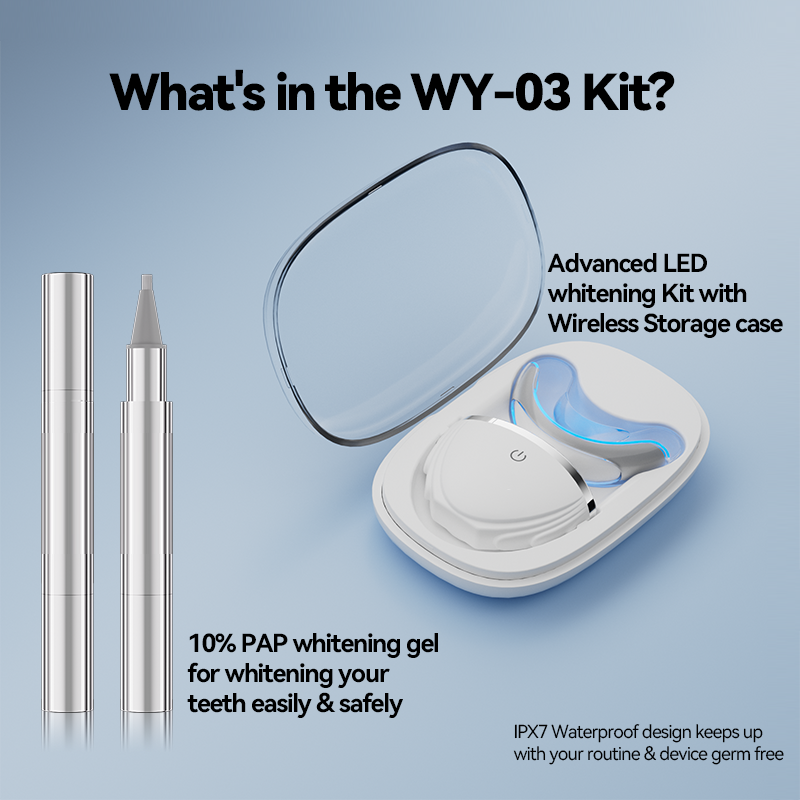
What Gives Some Teeth Whitening Devices Competitive advantage?
Runtime Shortening with Connection Drops – Fixable?
Electric Toothbrush for Orthodontists Wholesale | Professional Dental Supply

Can a Long Battery Life Toothbrush Attract Global Buyers with Multi-language Manual Customization?
Electric Toothbrush Ecommerce Bundle Wholesale | Complete Oral Care Sets

electric toothbrush heads Regular Clean

electric toothbrush heads Charcoal Infuse-Round

electric toothbrush heads Ultra Soft

Customization Teeth Whitening Gel

Electric toothbrush heads Charcoal Infused-Diamond

electric toothbrush heads Deep Clean
.jpg)
Florida Electric Toothbrush – Powsmart PTR-C8

Private Label Whitening Gel
whstapp
whstapp
National Toll-Free Service Hotline
+86 755 86238638